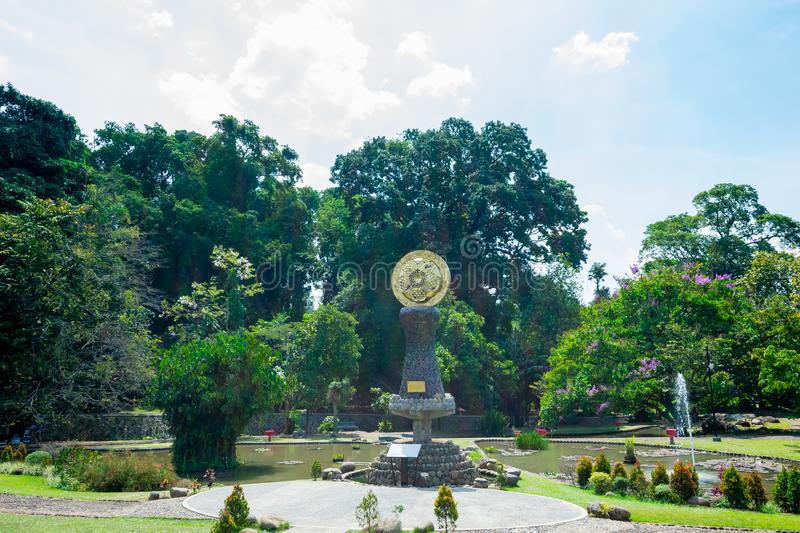In the Journal of Nature (a scientific journal of high repute), Mounce et al (2017) revealed, widely that Botanical Gardens around the world have collected at least 105,634 species or equivalent to 30% of all known plant diversity worldwide. However, it was also disclosed that there are an estimated 75% of species that have not been conserved in the tropics.
Therefore, the Bogor Botanical Gardens which incidentally located in the tropics and are included in the oldest botanical gardens in Southeast Asia, must be able to answer the conservation challenges above, so that the conservation value in the tropics can be fulfilled. It should also be noted that based on the latest 2019 catalog book compiled by Ariati et al, the Bogor Botanical Gardens has a collection of 12,370 specimens belonging to 3,555 species, 1,202 genera, and 191 families. These collections do not include orchids, nepenthes, hoya, begonias, and other greenhouse collections.
Not only that, the report from the Botanical Gardens Area Development Unit also stated that there were about 28.59% contribution of Bogor Botanical Gardens to the conservation of rare plants on the IUCN Indonesia redlist. This achievement is a proud achievement, although more efforts are needed to be able to conserve more rare plants in Indonesia.
This is what then adds value to the world of Indonesia science, that now the general public, students, academics and researchers can see directly which plants with rare status have been successfully collected in Bogor Botanical Gardens, without having to look into the Indonesian jungle .
Even widely, Stephen Forbes in his publication “How Botanic Gardens Changed the World” reveals that the role of botanical gardens is also able to change the world through its contributions in medicine, plant naming, economic botany, and modification. This opportunity should also be taken from the existence of Bogor Botanical Gardens in the present.
–sh





